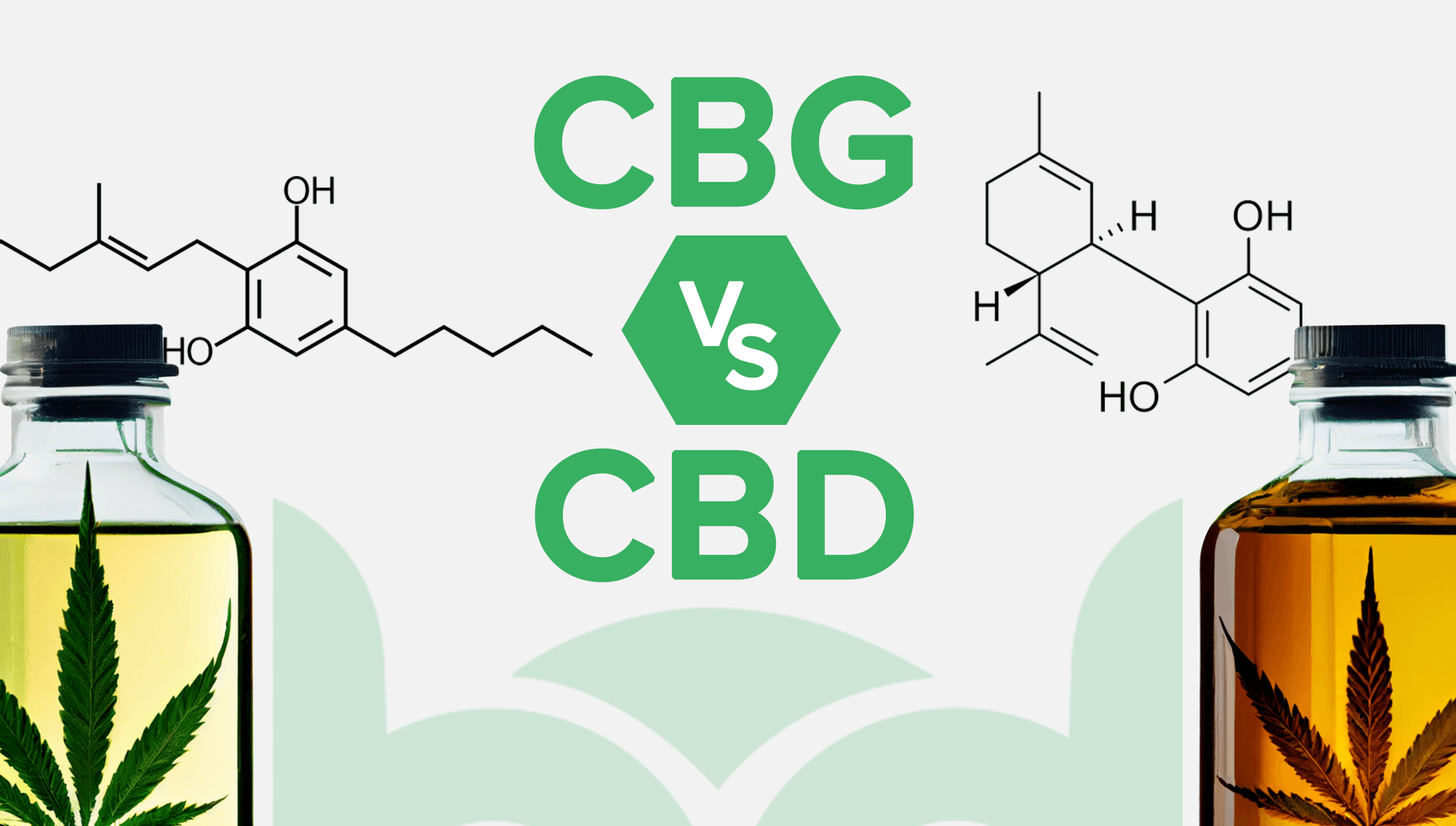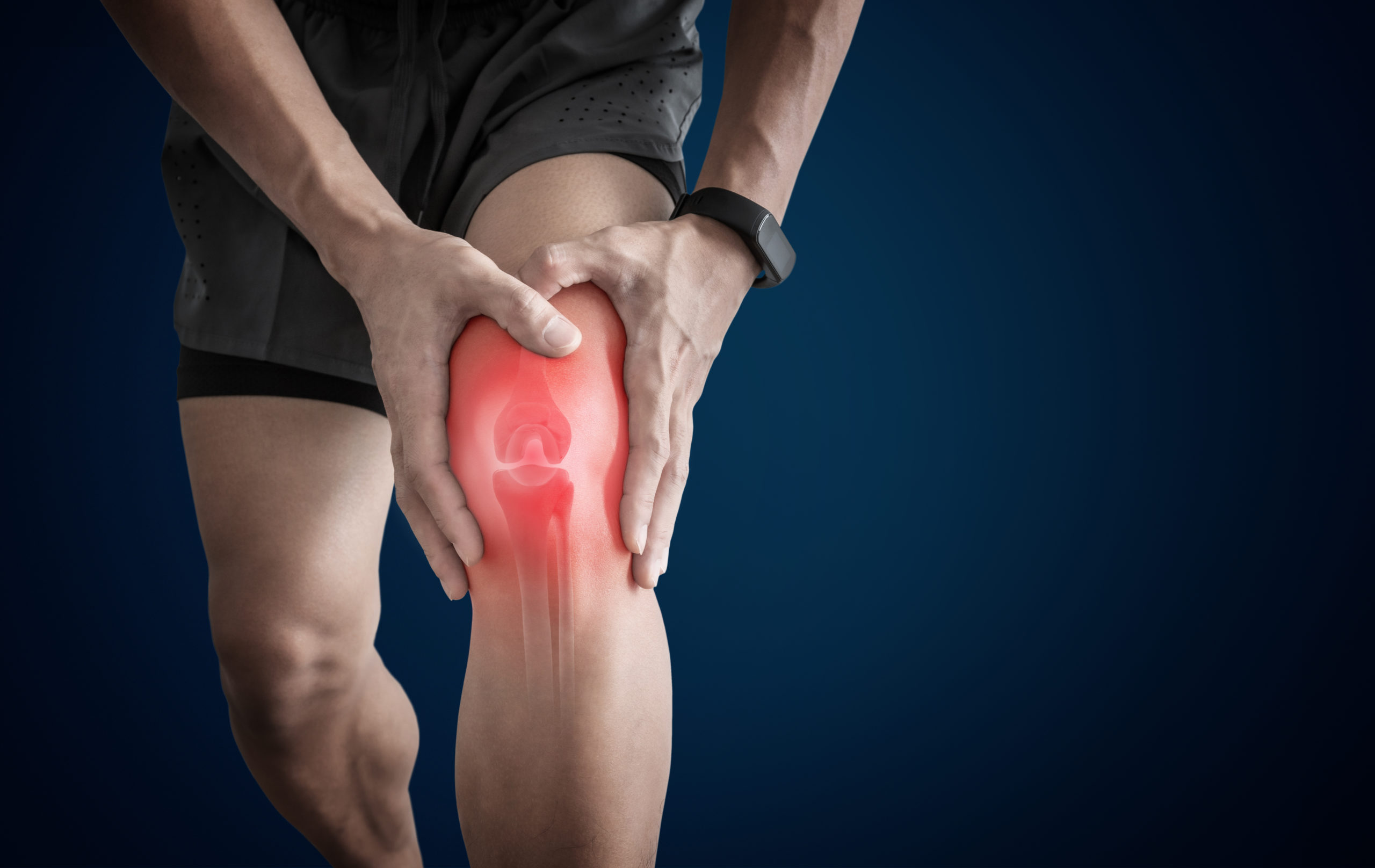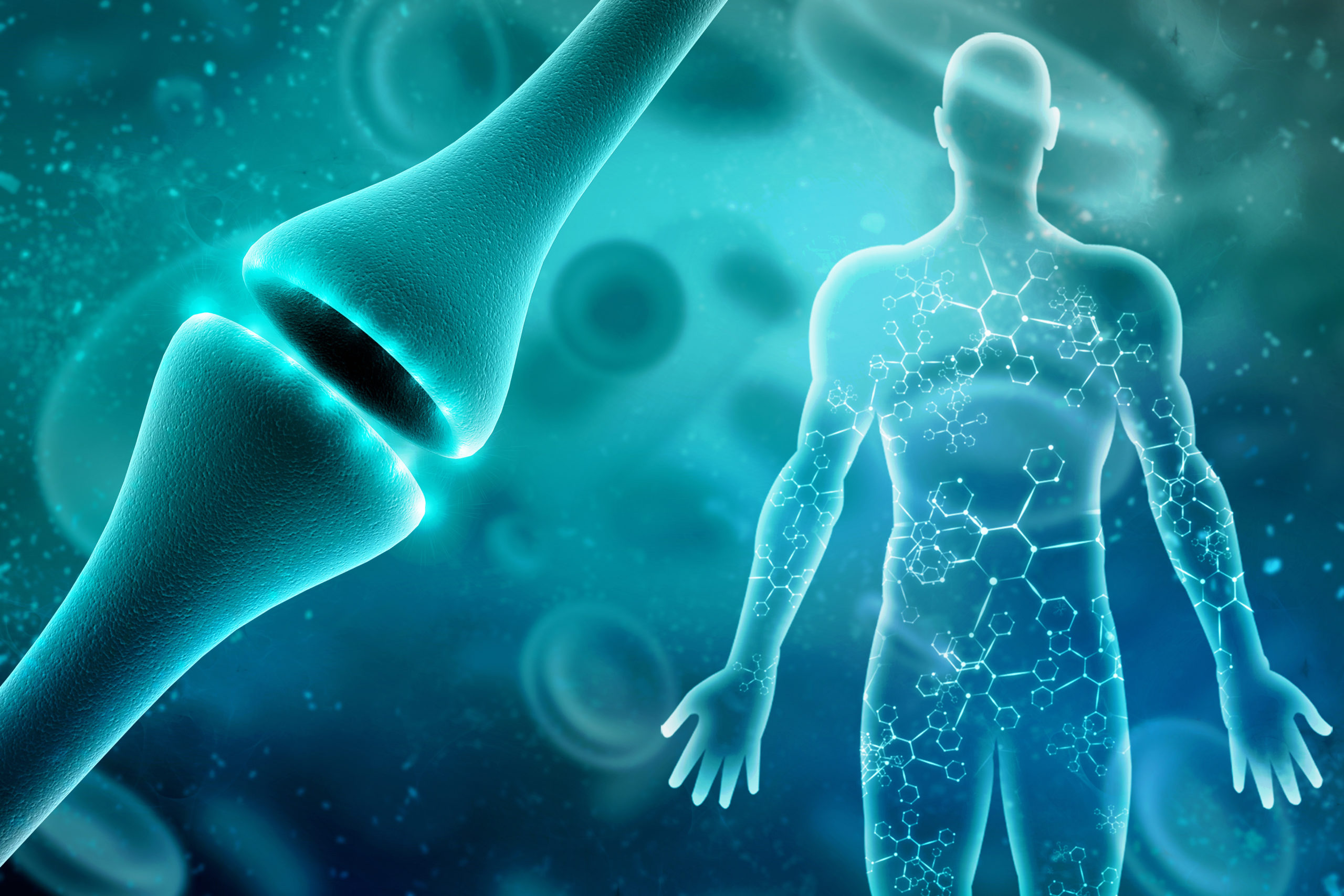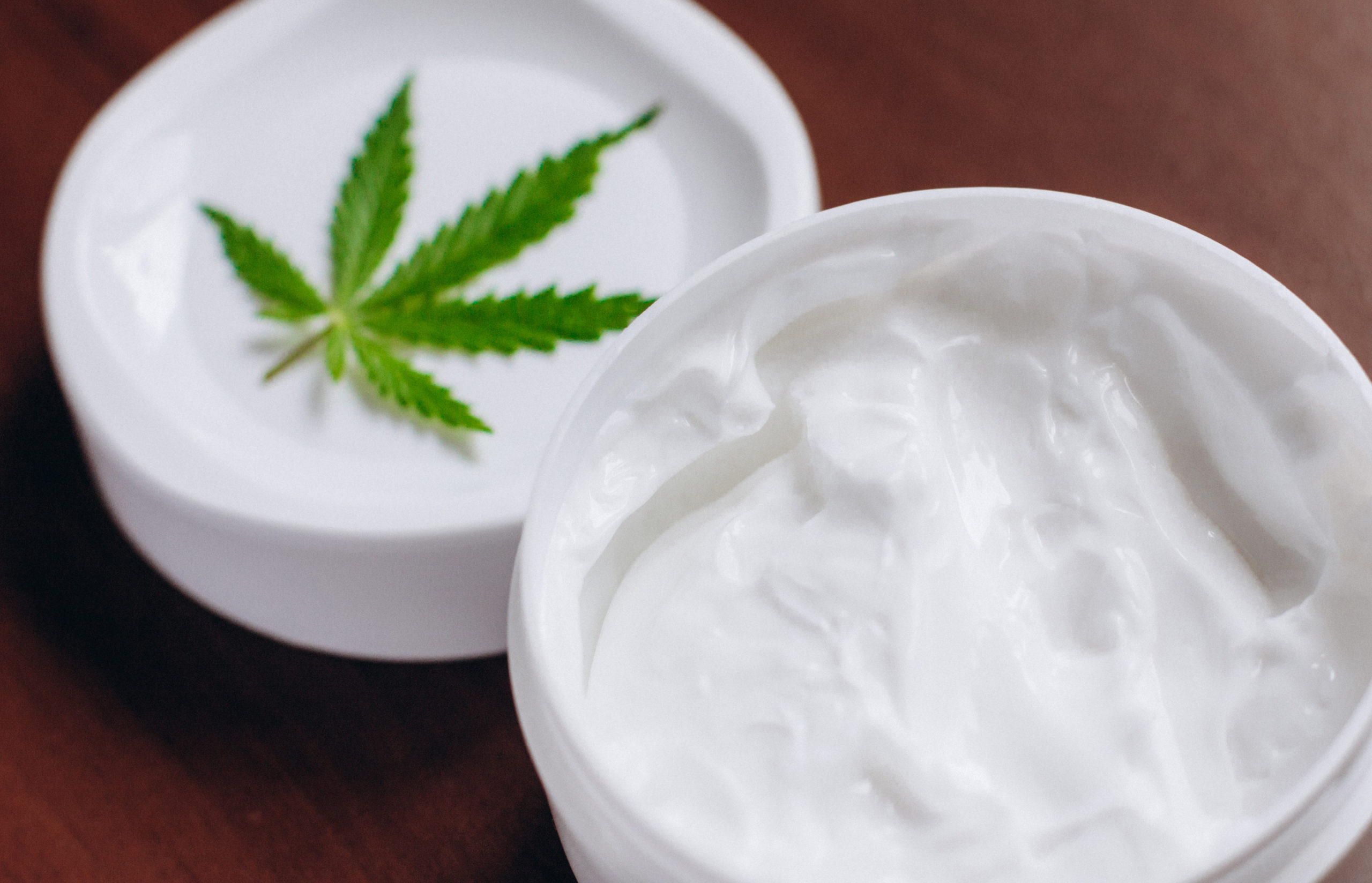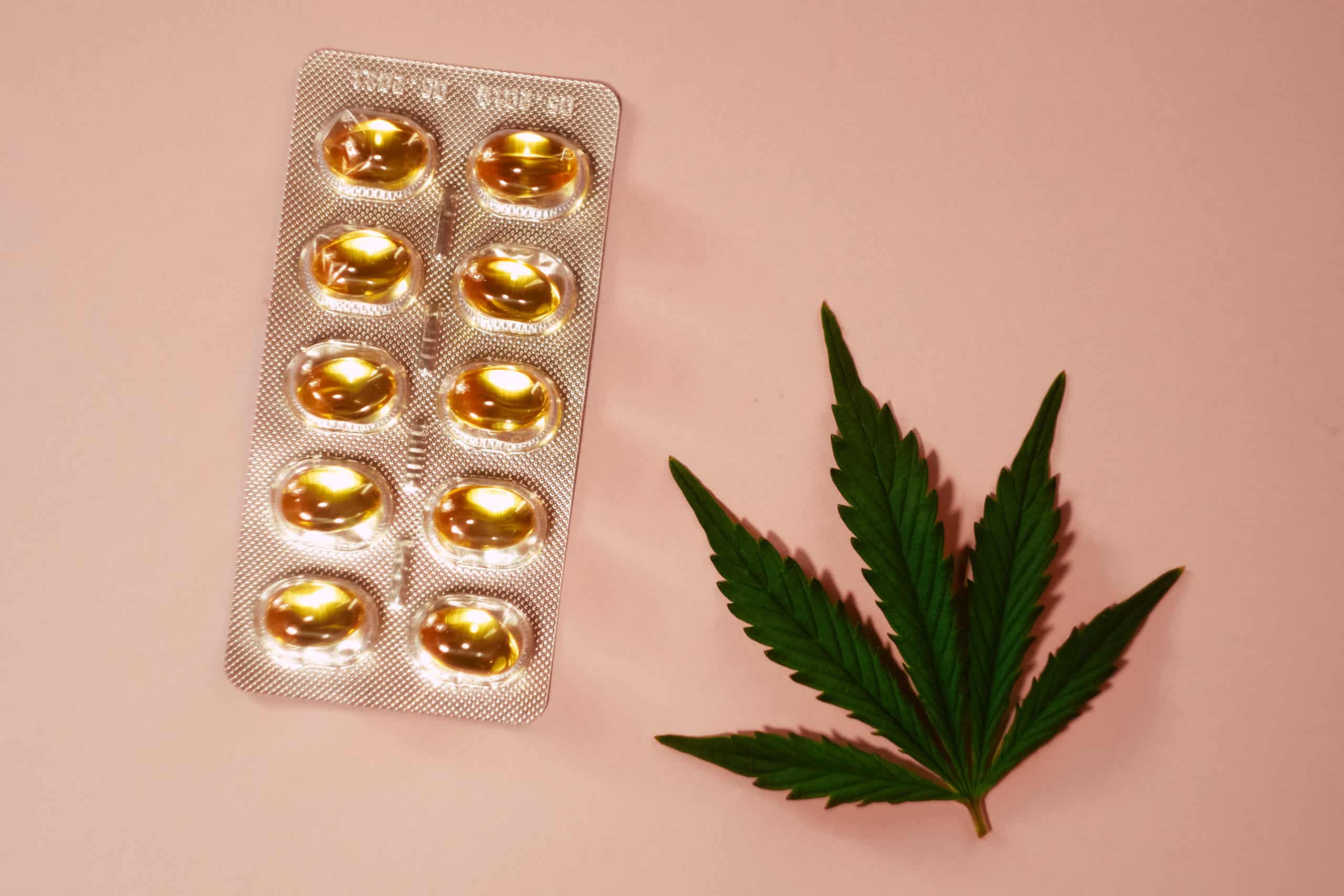-
- Market Research
- |
- CBD Near Me
- |
- Giveaways
- |
- Newsletter
- |
- Contact
- |
- Advertise
- |

Supporters and prospective users of cannabidiol can definitely take the Food and Drug Administration’s increased interest in the plant-based compound as a great sign, but there’s still a long way to go if CBD is to be regulated.
Evaluating the gender differences in responses to cannabidiol, for example, is a highly important step in making a clear, wholesale evaluation of the compound’s safety and efficacy.
The fact that legally produced CBD products in the USA have been used for years now has prodded the FDA to commit more resources to this evaluation out of an interest for public safety (and, frankly, commercial opportunities).
Here’s what they’ve been up to lately.
A 4-Panel FDA Meeting Breaks Down CBD and Gender

On November 19, 2020, the FDA held an online meeting in which over a dozen clinicians, educators, advocates, and researchers shared their knowledge and perspectives on how CBD affects men and women differently.
The evidence they reported went far beyond the more obvious differences in sex hormones, citing very subtle disparities in the way that men and women process pain, metabolize natural and synthetic substances, and much more.
Broader introductions to CBD were also peppered in by a few of the presenters, making this an excellent resource for anyone interested in cannabidiol.
But it’s unlikely you have a spare five and a half hours at this very moment, so we took the liberty of distilling it down to the major takeaways.
Gender Differences in Pain Perception
Dr. Daniel J. Clauw, Professor of Anesthesiology at the University of Michigan, focused on known gender differences in central nervous system (CNS) pain sensitivity as a key factor behind research-proven differences in how CBD affects men and women.
“Women, for almost every chronic pain condition, will have almost one and a half to two times the pain that men will,” Dr. Clauw explained.
He went on to explain that chronic pain states like fibromyalgia, once thought to affect only women, are so prevalent among them because of this heightened sensitivity to CNS-focused pain and other types of stimuli.
That said, the central nervous system is not the only factor in play when it comes to the body’s registration of painful stimuli—nerves and tissues outside of the brain and spinal cord are associated with their own types of pain (neurogenic and nociceptive pain, respectively).
The takeaway here is that, in cases of purely CNS or CNS-dominant pain, women will be more affected than men, which can make it harder to assess the effects of a CBD supplement in studies containing participants of both genders.
Drug Interactions and Liver Toxicity
Even though cannabidiol is commonly classified as a “non-intoxicating” substance, which holds true in the sense that it doesn’t elicit a high, large doses may promote liver toxicity when taken in conjunction with certain drugs.
This is because cannabidiol has been shown to inhibit a class of cytochrome enzymes produced by the liver that help our bodies metabolize a large amount of common drugs (anti-inflammatories, some antidepressants, statins, and more).
Dr. Igor Koturbash of the University of Arkansas for Medical Sciences (UAMS) explored this effect further while also elucidating the difference in liver toxicity across genders.
In a study he led entitled “Hepatotoxicity (liver toxicity) in animal models of cannabidiol use. What do we know about the impact of CBD use on liver function in men and women?” male and female mice were given 10mg/kg or 25mg/kg doses of CBD followed by a 400mg/kg dose of acetaminophen (proven drug interaction).
Here is what Dr. Koturbash and his colleagues found:
- As expected, CBD showed a “potential to induce drug interactions” in both genders.
- Female mice showed “transitory” (non-lethal) exacerbation of liver injury.
- Mortality rate was 40% in the female group and 8.5% in the male group.
To reiterate, cannabidiol by itself is widely accepted as safe in even high doses; the experimenters had to exaggerate the drug interaction potential using a massive dose of acetaminophen so they could more easily measure the effects of this interaction.
Still, the finding bears great importance for women especially, as Koturbash explains that 94% of elderly women take at least one medication, and 57% take five or more medications.
CB1 Receptor Density Varies Across Genders

Remember the bit about women being more pain-sensitive in their central nervous systems?
Professor Ryan Vandrey of the Johns Hopkins Behavioral Pharmacology Research Unit was able to build on Dr. Clauw’s comments made earlier in the meeting by pinpointing a biological “clue” that confirms this gender difference in pain perception: CB1 receptor density.
Together, CB1 and CB2 receptors, the chemical messengers like cannabidiol that interact with them, and the enzymes that break these messengers down after they’ve done their jobs are collectively referred to as the endocannabinoid system (ECS).
It is the action of compounds like cannabidiol on CB1 and CB2 receptors that prompts the many benefits still being unveiled in research, like pain relief, motor control, some mood aspects (CB1), inflammation (CB2), and more.
Back to Professor Vandrey’s discovery: he found that women have a higher density of CB1 receptors throughout their central nervous system, which makes sense because they experience more pain in the CNS.
Furthermore, he found in his team’s study that “recent worst pain” and “quality of life” metrics were both improved more dramatically in women who had taken CBD than men.
In other words, Professor Vandrey illuminated the other edge of this double-edged sword: yes, women feel more pain at the CNS level, but they have more CB1 receptors available to help modulate it.
As a result, female participants reportedly liked cannabidiol more, and were more eager to self-administer than men.
Sex Hormones, Tolerance, and Abuse Potential Differences
Finally, UCLA Cannabis Research Initiative Director Ziva D. Cooper, Ph.D., shared some highly important insights regarding the effect of sex hormones on pain reduction, tolerance, and (THC-heavy cannabis) abuse potential.
In her study entitled “Sex-Dependent Effects of Cannabis and Cannabinoids: A Translational Perspective,” Dr. Cooper demonstrated how estrogen and the pain-relieving potency of CBD and some other cannabinoids are positively correlated.
“THC-like drugs are 2-3x more potent in female rats,” she explained at the meeting, an observation important to the increased “abuse liability” that she noted in female rat subjects.
Dr. Cooper also noticed that female rats developed tolerances faster than males, which ties in to the increased abuse liability of high-THC cannabis, since acquired tolerance leads to larger and more frequent doses.
Summary of the Summary

As it happens in the world of scientific research, every question that gets answered seems to spawn two more, but that doesn’t negate progress.
If your head is reeling a bit from this hydra effect, let us re-center you with a quick list of the main takeaways from this meeting:
- Men do not notice as much of a difference in CBD’s analgesic effects, likely because they are less pain-sensitive in their central nervous systems than women.
- Women have a higher density of CB1 receptors throughout their CNS, which is likely why they feel the effects of CBD more potently.
- CBD-involved drug interactions are more likely to affect the female liver, both directly and because more women take medications than men.
- Female sex hormones may contribute to the comparatively strong effects of cannabinoids on women, as well as the potential for psychoactive cannabinoid abuse.
This meeting marks a monumental step towards CBD regulation at the highest level, which can only bode well for public health in the end.
You can show your support by virtually or personally attending future public meetings, buying from trusted brands, and educating yourself on safety standards as they continue to emerge.


